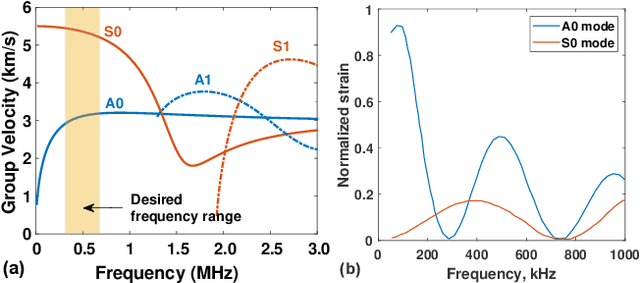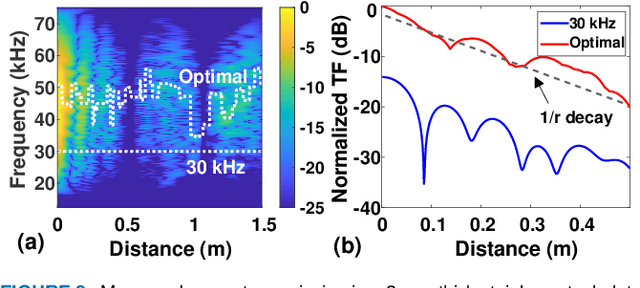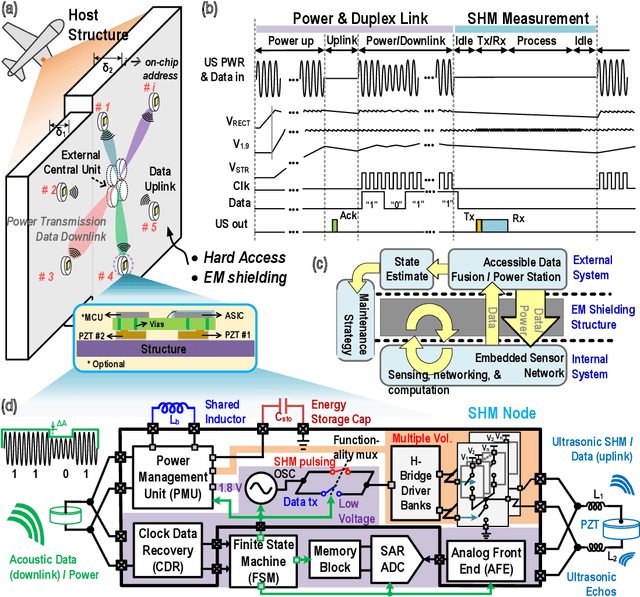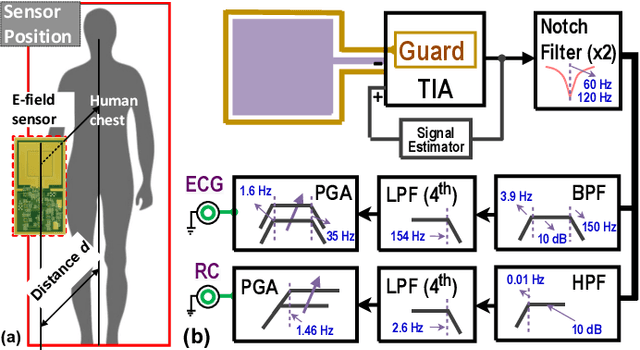Tayfun Ozdemir
A CMOS SoC for Wireless Ultrasonic Power/Data Transfer and SHM Measurements on Structures
Oct 24, 2021



Abstract:This paper describes a highly-integrated CMOS system-on-chip (SoC) for active structural health monitoring (SHM). The chip integrates ultrasonic power and bidirectional half-duplex data transfer, a power management unit (PMU), and an ultrasound transceiver to enable wireless ultrasonically-coupled sensor SHM networks on structures. The PMU includes an active bias-flip rectifier with off-delay compensation, high-efficiency dual-path DC-DC converter with inductor time-sharing, and five switched-capacitor DC-DC converters to generate multi-level spectrally band-limited pulses for guided-wave SHM. The chip was fabricated in a standard 180 nm process and has a die area of $2\times 2$ mm$^{2}$. Test results show power conversion efficiency (PCE) $>85\%$ for the active rectifier, $>70$\% for the inductive DC-DC converter, and $>60$\% for the switched-capacitor DC-DC converters. Output pulses have a peak-to-sidelobe ratio (PSL) $>30$~dB and worst-case out-of-band emissions $<-30$~dB, respectively. The SoC was integrated with a low-power microcontroller and passive components to realize miniaturized (15~mm $\times$ 30~mm) wireless SHM nodes. A set of nodes was deployed on an SHM test-bed (carbon fiber reinforced polymer sheet) representing an airframe panel. Tests on this wireless network confirm both long-range ultrasound power/data transfer and the ability to detect structural damage.
High-Sensitivity Electric Potential Sensors for Non-Contact Monitoring of Physiological Signals
Oct 23, 2021



Abstract:The paper describes highly-sensitive passive electric potential sensors (EPS) for non-contact detection of multiple biophysical signals, including electrocardiogram (ECG), respiration cycle (RC), and electroencephalogram (EEG). The proposed EPS uses an optimized transimpedance amplifier (TIA), a single guarded sensing electrode, and an adaptive cancellation loop (ACL) to maximize sensitivity (DC transimpedance $=150$~G$\Omega$) in the presence of power line interference (PLI) and motion artifacts. Tests were performed on healthy adult volunteers in noisy and unshielded indoor environments. Useful sensing ranges for ECG, RC, and EEG measurements, as validated against reference contact sensors, were observed to be approximately 50~cm, 100~cm, and 5~cm, respectively. ECG and RC signals were also successfully measured through wooden tables for subjects in sleep-like postures. The EPS were integrated with a wireless microcontroller to realize wireless sensor nodes capable of streaming acquired data to a remote base station in real-time.
 Add to Chrome
Add to Chrome Add to Firefox
Add to Firefox Add to Edge
Add to Edge